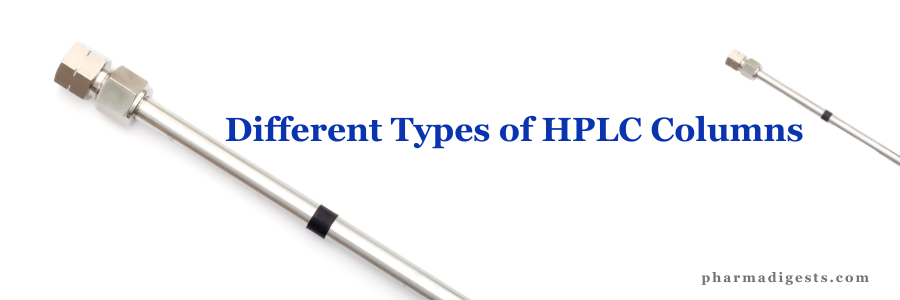Analytical Development

Base Line Noise in HPLC
While performing HPLC analysis with an existing method, sometimes we will observe more base line noise. However, we won’t observe that scenario previously. The major probability due to: About dirty mobile phase: Grade of organic solvet used for analysis. Especially In case of THF is there in mobile phase we ... Read More

Role of pKa and pH Values in HPLC
One of the critical factors influencing the success of an HPLC analysis is the control of pH, which directly impacts the ionization state of analytes. The pKa value of a compound, indicating its acid dissociation constant, plays a pivotal role in this process. pKa: A Key Parameter The pKa value ... Read More

Forced Degradation Studies During Method Validation
During method validation, the FDA expects forced degradation studies to be conducted to assess the stability-indicating capability of the analytical method. These studies involve subjecting the drug substance or product to various stress conditions (e.g., heat, light (Day and UV light), acid/base hydrolysis, oxidation) to induce degradation. By monitoring changes ... Read More

Different Types of HPLC Columns in Pharmaceutical Analysis
In High-Performance Liquid Chromatography (HPLC), the choice of column is crucial for successful separation and analysis. Let’s explore the different types of HPLC columns: Normal Phase HPLC Columns Stationary Phase: These columns have a more polar stationary phase than the mobile phase. Silica gel, a polar material, is commonly used ... Read More

Importance of pKa Value in Selection of Dissolution Media
There is a question: How pKa value helps in selection of Dissolution Media during Formulation & Analytical Development? For Dissolution, Ionized form of a drug is required to be solubilized & released passively into dissolution medium. While, For Absorption, only unionized form of drug is important to be absorbed passively ... Read More

Role of Analyst While Performing Method Validation
What should an analyst do during analytical method validation? The responsibilities of an analyst /chemist during method validation typically include the following: Designing the Validation Protocol: The analytical chemist is responsible for developing a detailed validation protocol that outlines the objectives, scope, acceptance criteria, and experimental procedures for method validation. ... Read More

Errors or Incidences During Analytical Method validation
Incidences are any unintentional/ unexpected event that occurs during analysis, discovered during analysis, and after analysis that may adversely affect the data quality and the result. Lets quickly go some of the common incidences which are observed during method validation activity. Instrument related: Analyst related: Chromatography related: Sample related: Read ... Read More

Literature Review in Pharmaceutical Product Development
The literature review is an important part of pharmaceutical product development demonstrating literature based knowledge and understanding of the target drug product. The objective of this study is to find out the development and manufacturing feasibility of the product. A list of information to be collected during literature review are ... Read More

Isolation and Identification of Impurities and Degradants
The identification of degradation products can provide an understanding of impurity formation and define degradation mechanisms. If the identification process is performed at an early stage of drug development, there is adequate time for improvements in the drug substance process and drug product formulation to prevent these impurities and degradants. ... Read More

Analytical Method Validation
Analytical method validation is a process used to prove through scientific study that the method is suitable for its intended use. Compendial methods have to be verified for suitability under actual conditions of use and for a particular formulation. The validation of analytical procedures is directed to the four most ... Read More
